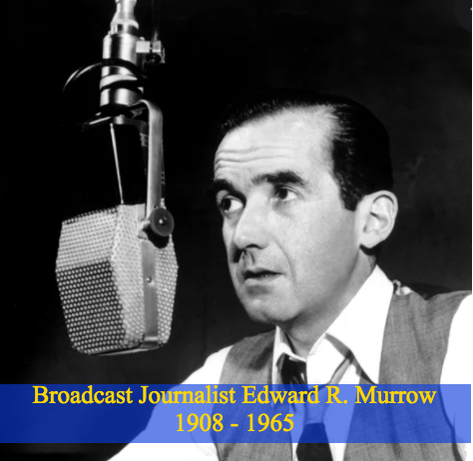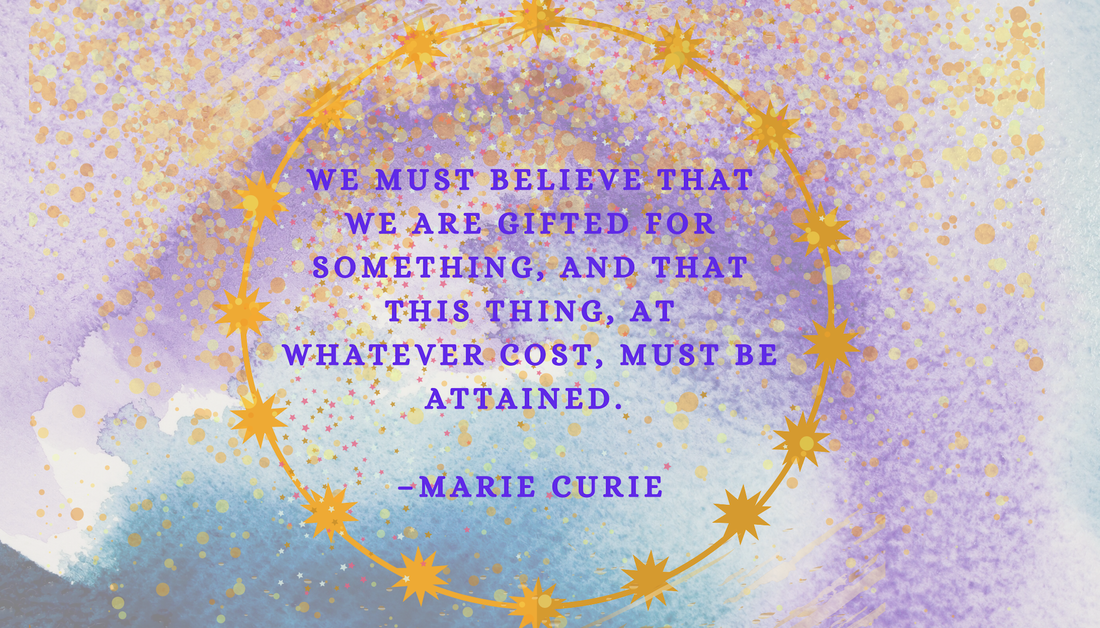This I Believe
Introducing the ProjectThis I Believe is an international organization engaging people in writing and sharing essays describing the core values that guide their daily lives. Over 125,000 of these essays, written by people from all walks of life, have been heard on National Public Radio (NPR), chronicled through books, and featured in weekly podcasts. The project is based on the popular 1950s radio series of the same name hosted by Edward R. Murrow.
To visit the "THIS I BELIEVE" NPR website, click here >>> https://www.npr.org/series/4538138/this-i-believe |
Getting Started Part 1 - Mini Lessons
Lesson 1 in Google Classroom
|
>>Mini Lesson #1 -- Mood vs. Tone
1. Read. It is easy to confuse the literary terms mood and tone. While each one identifies a feeling we get from our reading, the difference between they comes from the source of those feelings. Tone is the feeling of the author, conveyed in the words, imagery, and literary choices the author makes. Mood, on the other hand, is the feeling the reader gets from reading the text. So, the author's tone can set the reader's mood. Need some help finding words to identify the author's TONE (the way he or she feels about the subject they're writing about)? Click on link resources below for some ideas. The Ultimate List of Tone Words docs.google.com/document/d/1gYP5Ti_bhso6R17gsQIVDzzT5TvOpJ0qCudHkiriorA/edit?usp=sharing 3) Apply what you learned. Take the Tone/Mood Quick Check Quiz in Google Classroom to practice what you just learned! ********************************************************* >>Mini Lesson #2 - Explicit vs. Implicit Information 1) Read. Authors present information to their readers explicitly and implicitly. Explicit information is obvious; it's right there in the text and thus easier for the reader to identify. Implicit information, on the other hand, is less obvious and takes a bit more thinking to identify. If information in the text is implicit, readers have to infer, or "read between the lines" by applying prior knowledge and experience to the text to interpret it, or make sense of it. Watch the two videos on the right to help you understand the difference between explicit and implicit information in texts. Take notes on a piece of paper to help you learn. 3) Review. To review, check out the slideshow below if you are still confused about the difference between explicit and implicit text. 4) Apply what you learned.
Take the Explicit/Implicit Quick Check Quiz in Google Classroom to practice what you just learned! |
2. View.
*********************************************************
2) View.
VIDEO 1Mrs. Bestor made this simple video to explain the difference between LITERAL and INFERENTIAL questions.
Any one know what this is? by Claudia Bestor
VIDEO 2This video includes a great "think aloud" as the narrator reads and narrates her way of thinking about a simple fable about a grasshopper and an ant., applying the concepts of explicit versus implicit meaning in texts.
|
Getting Started Part 2 - Practice Our Learning
Lesson 2 in Google Classroom
Let's practice identifying tone and making inferences using explicit as well as implicit information from the text while reading together one of the most cherished "This I Believe" essays, "Be Cool to the Pizza Dude" by Sarah Adams.
We will begin by listening to Sarah Adams read her essay, while we closely read along from the text her T.I.B. essay assigned in your Google Classroom (It's also embedded below).
We will follow our close reading with a class discussion.
We will begin by listening to Sarah Adams read her essay, while we closely read along from the text her T.I.B. essay assigned in your Google Classroom (It's also embedded below).
We will follow our close reading with a class discussion.
Apply What You Know Part 1
Lesson 3 in Google Classroom
Your First Independent Learning Task:
Choose two of the essays accessible by pushing on the black buttons below. Under those black buttons are soundtracks for some of the essays your may select.
You can do this! This I believe.
Choose two of the essays accessible by pushing on the black buttons below. Under those black buttons are soundtracks for some of the essays your may select.
You can do this! This I believe.
Digital Copies & Soundtracks for "This I Believe" Essays
|
|
|
|
|
|
|
Dan Tani Chameli Waiba Alaa El-Saad Tarak McLain Michelle Gardner-Quinn Muhammad Ali
Apply What You Know Part 2
Lesson 4 in Google Classroom
Your Second Independent Learning Task:
Now it's time to think about your own core beliefs. What are those beliefs that guide you? What values have you learned from your family that you have now made your own? What do you really believe in?
Use the links below to give you some inspiration. All of the docs you will need to get started are shared with you on Google Classroom.
*Don't forget to check out the SCORING GUIDE so you know how to complete your best work!
Google Classroom Digital Handouts you will receive are embedded below for your reference.
Digital Handout 1 "Getting Ready to Write"
Now it's time to think about your own core beliefs. What are those beliefs that guide you? What values have you learned from your family that you have now made your own? What do you really believe in?
Use the links below to give you some inspiration. All of the docs you will need to get started are shared with you on Google Classroom.
*Don't forget to check out the SCORING GUIDE so you know how to complete your best work!
Google Classroom Digital Handouts you will receive are embedded below for your reference.
Digital Handout 1 "Getting Ready to Write"
Digital Handout 2 TIB Essay Scoring Guide
Additional Resources for Getting Started...
- Mrs. Bestor's TIB essay by clicking on the link that follows: MPG and Mindfulness
- Starting lines of the T.I.B. essays we analyzed here >>> https://docs.google.com/document/d/1hfwMeBTUI-hxdZ3pr29ESoi4VyPZ24AerysxNc0BnIg/edit?usp=sharing
- Check out these Youtube videos of THIS I BELIEVE projects completed by high school students:


